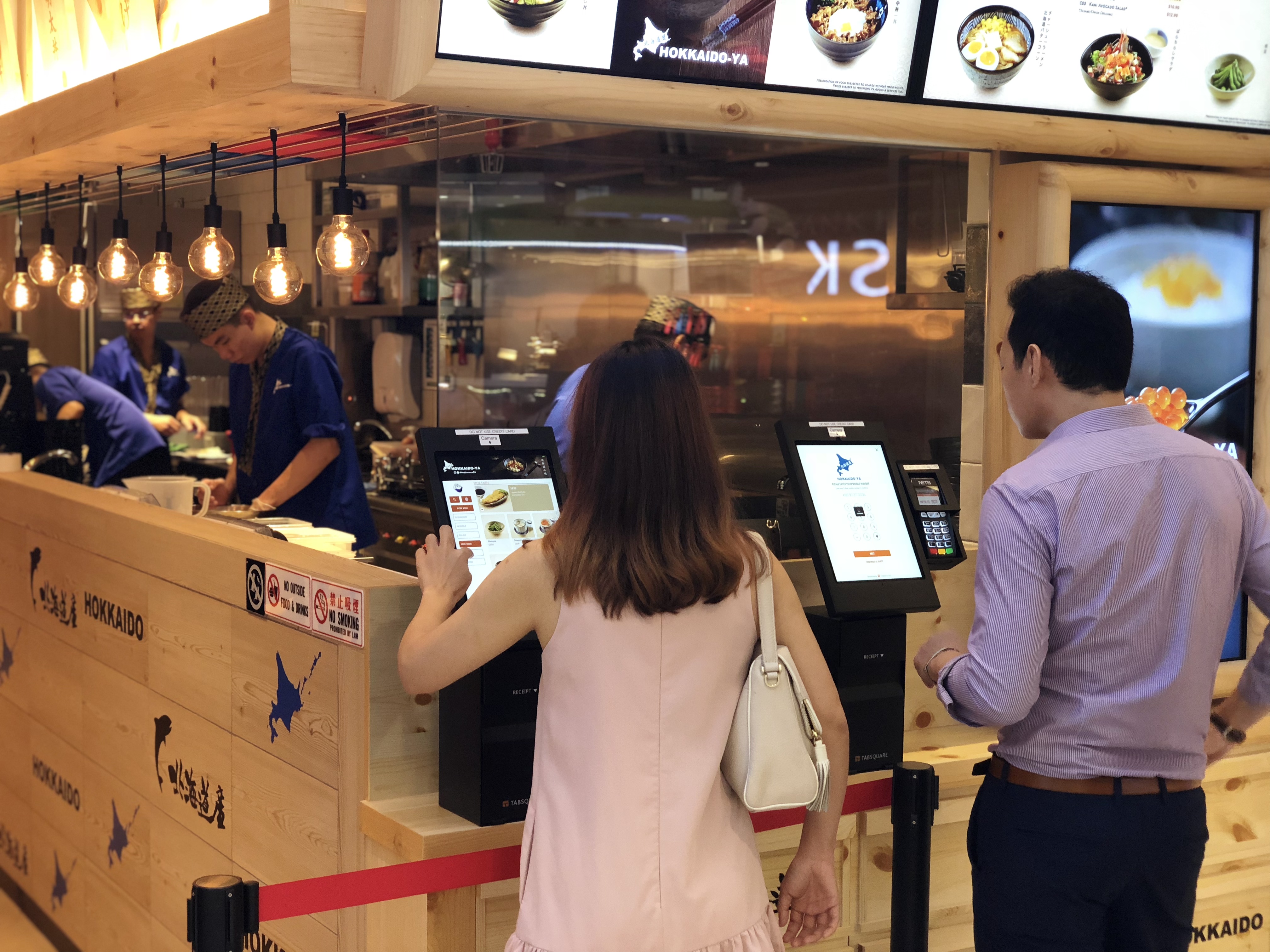Are Our Restaurants Getting Smarter?
From AI-powered kiosks to robot servers, food service apps to delivery drones, technology is changing the face of the global F&B industry. CiTA-CiTA takes at look at how a tech start-up in Singapore has taken what were previously proof-of-concepts and roll it out for mainstream use – without taking away the personalised experience of dining in restaurants.
Back then, we’d be grateful enough for our pizza to arrive to us under 30 minutes. Despite pizzerias’ usual promise of making the pizza free (or at least discounted) if it came late, it’s a pyrrhic victory for the customer whose order’s already cold and soggy.
Yet, the past decade has seen the global F&B sector make way for a slew of tech innovations. Many restaurants and take-away joints have already digitalised their operations and signed on to delivery apps to better manage orders and deliveries.
Today, delivery apps are commonplace. But what about advancements in F&B establishments themselves? Operators have been applying tech to backend processes whilst front-of-house crew are using more advance mPOS and table top ordering devices.
Yet this automation can sometimes take away the more personalised element when we dine out, as value-added services such as recommendations may have to be dialled back in the interest of efficiency.
How, then, can we get the best of both worlds?
Innovations from the East
It’s no surprise then that elements from two of Asia’s most advanced economies are coming together to shake-up F&B as we know it.
TabSquare – a Singapore-based start-up that develops exclusive AI-powered technology that leverages rich consumer data and deep learning algorithms – recently partnered with Hokkaido-ya to provide an engaging dining experience for patrons while helping the restaurant boost its profitability.
The collaboration is landmark one for the city-state as Hokkaido-ya – a fast-casual, self-service Japanese-themed restaurant located at the VivoCity mall – became Singapore’s first-ever kiosk restaurant.
And it hasn’t turned into merely a novelty either. Since Hokkaido-ya’s soft launch back in June, the restaurant has captured close to 90 percent of its sales from all transactions, over 25 percent higher average bill value from orders placed on their POS System and almost half of orders placed by registered customers. Not only that; it was also discovered that more than 70 percent of returning customers select the personalised dishes that were recommended by TabSquare’s SmartKiosk.

Customers placing their order at the ‘SmartKiosks’.
How it works
But wait, haven’t we been using kiosks already? McDonald’s self-service kiosks that have sprung across the globe come to mind.
But imagine walking into a restaurant where it already knows what you like and presents a personalised menu just for you; with customised recommendations based on your tastes and preferences.
This is the distinction in the TabSquare and Hokkaido-ya partnership. AI takes centre stage in the order process. Aptly-named ‘SmartKiosks’, the devices employ TabSquare’s AI solutions to identify customers as well as analyse guests’ dining patterns and preferences. This leads to a better understanding of guest behaviour, remembering their tastes and making personalised meal recommendations – just as a waiter would.
At the heart of all of this is TabSquare’s own AI platform, Aiden.
It’s the first-of-its-kind AI engine to use big data when augmenting restaurant operations and returns. By interacting with TabSquare’s smart solutions, patrons can receive highly personalised menu recommendations and promotions – all by simply entering their phone number or through a smart facial recognition option.
Aiden’s AI engine therefore enhances the guests’ dining journey by constantly learning and building their taste profiles and preferences.
Upshots for the future F&B sector
Technology is developing at a breakneck pace, and Singapore is no stranger to seeing how new innovations are transforming business and enriching lives island-wide.
Having grown itself into a leading Asian tech hub, it was only a matter of time that promising ideations would become market-ready. We’re already getting familiar with disruptions in finance, retail and logistics circles.
Now, we’re seeing that same level of disruption in restaurants and eateries. As today’s environment is demanding us to raise our speed in today’s rat race, it’ll be good knowing that we can cut down our eating times whilst still retaining the personalised experience we’ve come to associate with dine-ins.
Bon Appétit!



